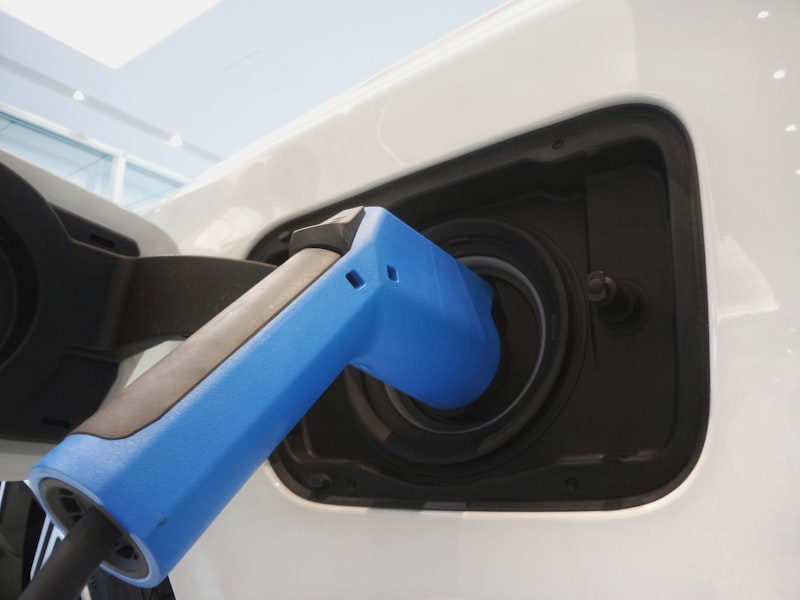
Carbon Border Adjustment Mechanism: EU’s Unprecedented Step Towards Greening Europe’s Industrial Imports
The European Parliament and EU Member States announced this Tuesday morning that they have adopted an unprecedented mechanism to green Europe’s industrial imports by charging for the carbon emissions associated with their production. Commonly referred to as a „carbon tax at the border,“ this scheme will subject imports in several sectors (steel, aluminum, cement, fertilizers, electricity, and hydrogen) to the EU’s environmental standards. This ‚Carbon Border Adjustment Mechanism‘ is quite complex; companies importing steel or cement from outside the EU will now have to pay for the materials as well as the greenhouse gas emissions and electricity required to produce them. The aim of this adjustment is to encourage European businesses to buy from within the EU and adopt more environmentally-friendly practices. Negotiations on ending free quotas are underway and if successful, implementation of the mechanism could begin in October 2023.
What is a Carbon Border Adjustment Mechanism?
A Carbon Border Adjustment Mechanism (CBAM) is an economic policy tool that seeks to level the playing field for businesses competing in global markets. By imposing a carbon price on imported goods, CBAMs aim to eliminate the competitive advantage enjoyed by countries that have not adopted similar measures to reduce their carbon emissions. This could be accomplished by either a tax on imports from countries with lower carbon pricing, or through rebates for exports to those same countries. Ultimately, CBAMs are intended to encourage global cooperation in reducing greenhouse gas emissions and combatting climate change.You might also like this article: This is the title of test post. Picture source: Possessed Photography